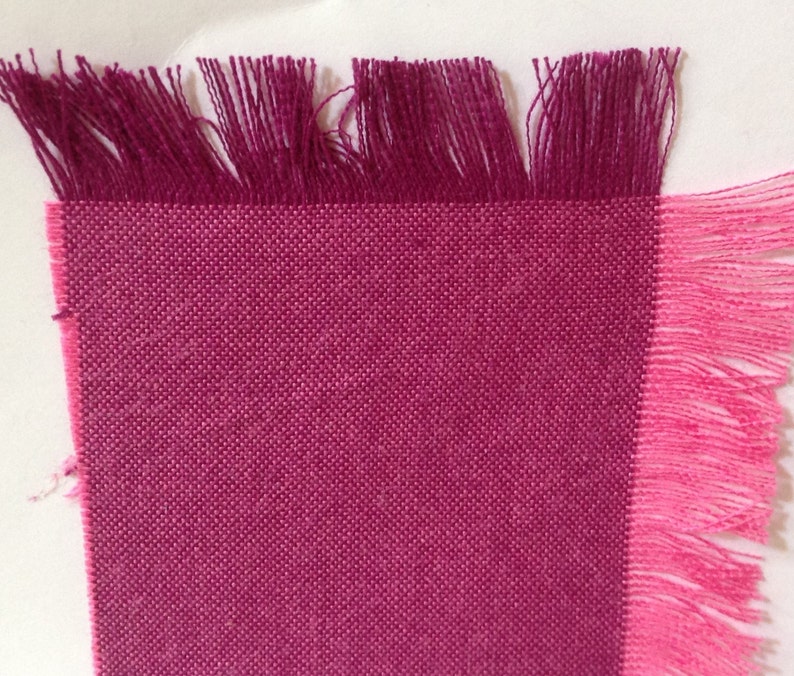
It’s strawberry season! And you know what that means! Yes, it means delectably juicy and flavorful strawberries… but it also inevitably means slightly-past-their prime berries that are going mushy, or never-quite-ripened berries that sneaked their way into your box. This recipe turns those berries into pure summer perfection. Plus, it has yogurt in it, so you can claim that it’s healthy…
I based these strawberry yogurt popsicles on a strawberry frozen yogurt recipe I fell in love with from David Lebovitz’s The Perfect Scoop, which is full of fabulous recipes. It’s a fantastic fruity frozen yogurt– full of bright strawberry flavor with none of the heaviness of regular ice cream. There’s so much fruit in it, it’s practically a sorbet. But I really didn’t feel like waiting to freeze my ice cream maker insert for 24 hours before I could use my fast-ripening berries, so I decided to just make the mix and freeze it in popsicle molds instead.
It was perfect. Ordinarily the churning action lightens the yogurt and makes it soft and scoopable, but frozen in molds it turned out to make the perfect popsicle texture– icy and firm, but still bite-able. And of course, that summery strawberry flavor still comes through perfectly. I’m betting you could make these with frozen strawberries just as well, if you’re looking for a taste of summer when it’s not the height of strawberry season. Enjoy!
Continue reading














